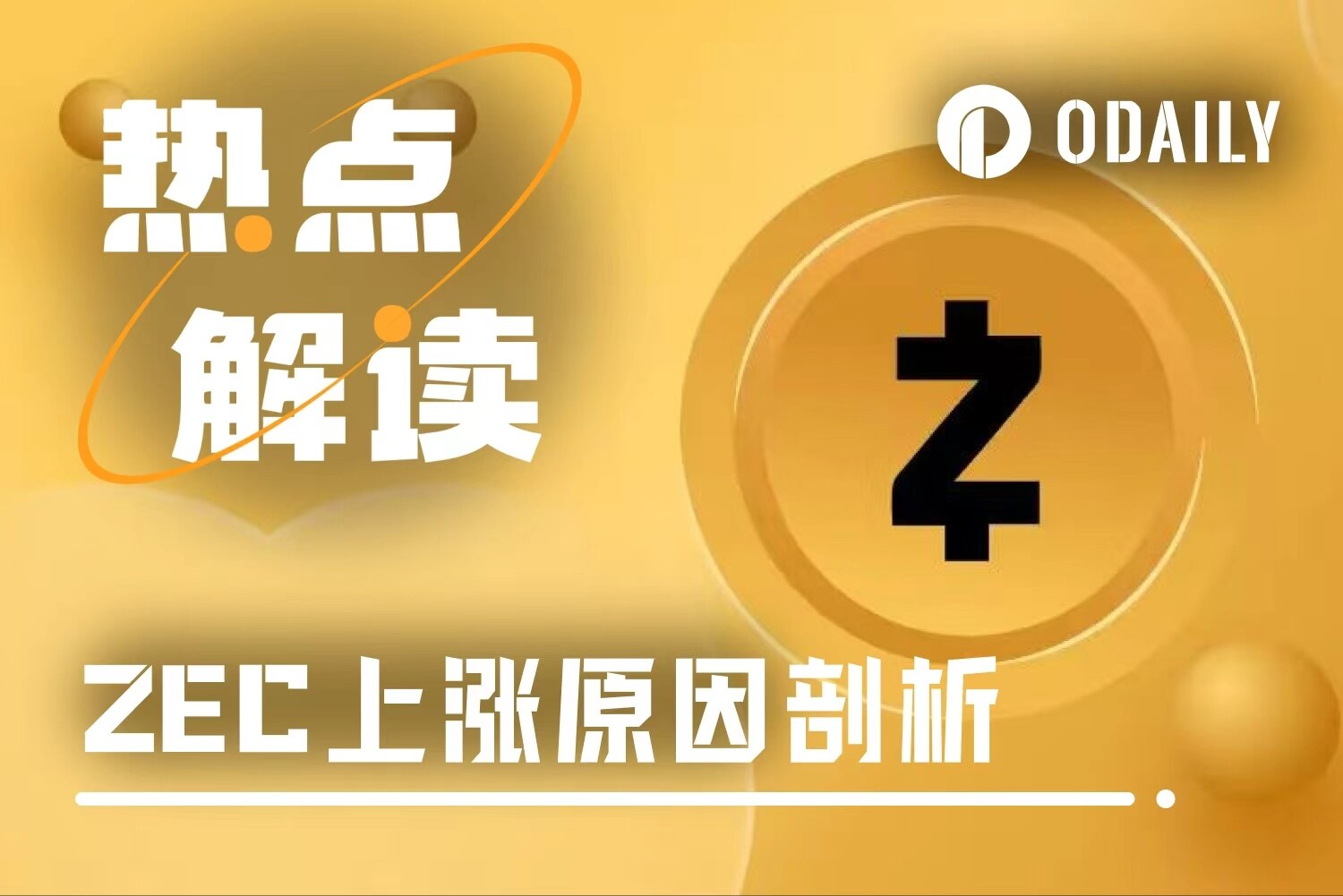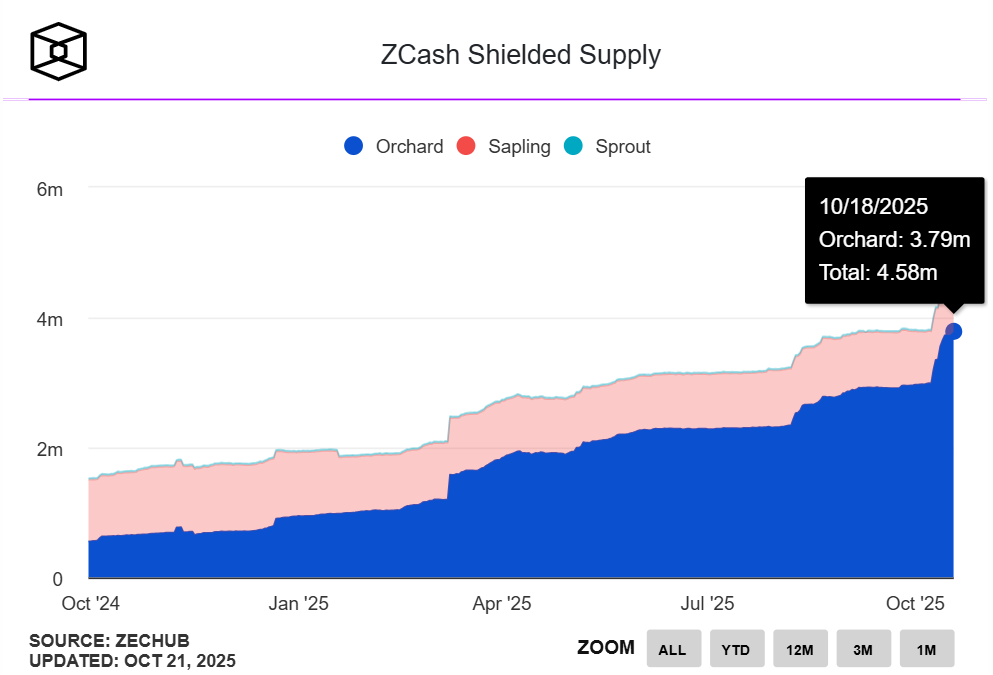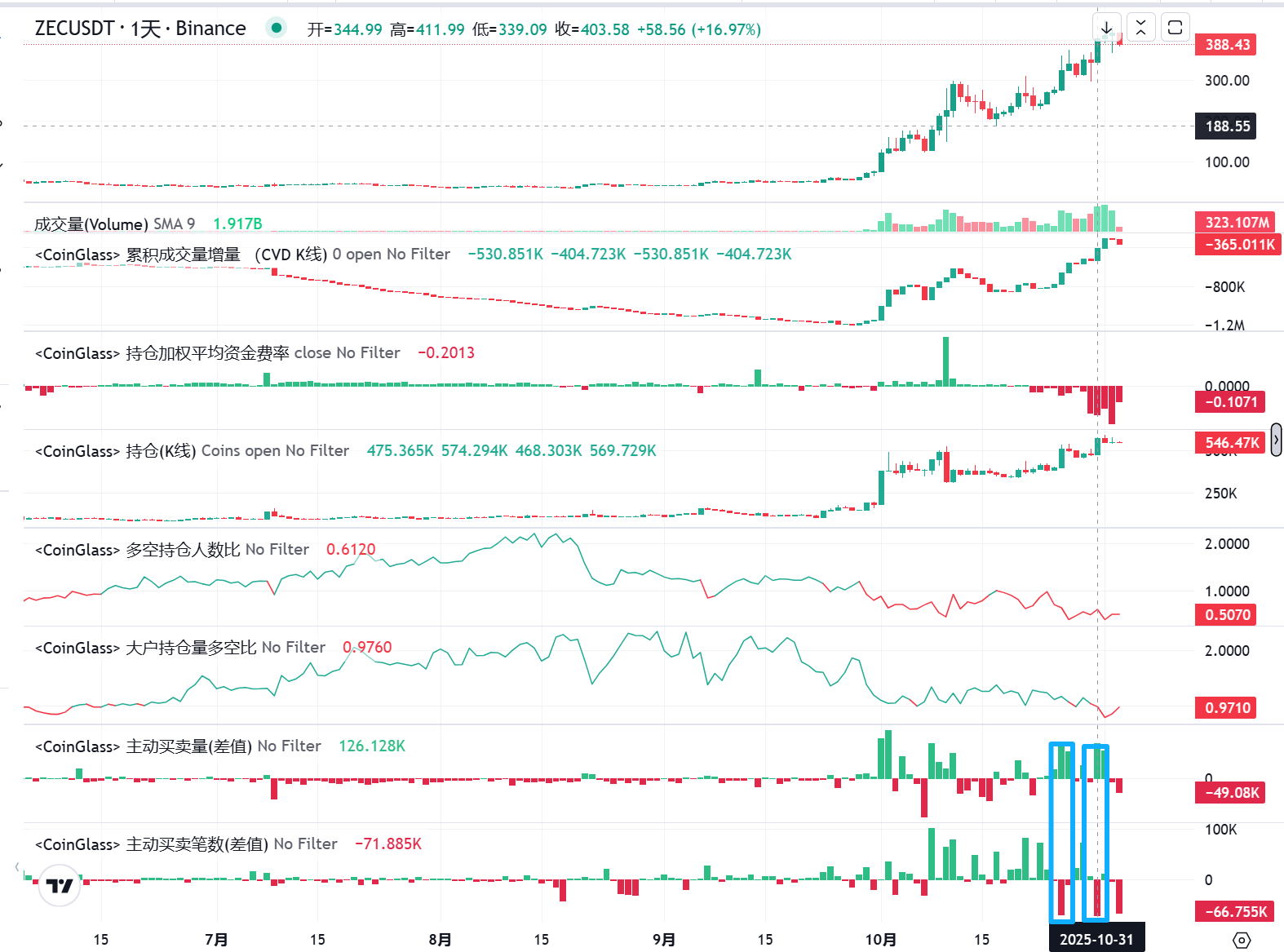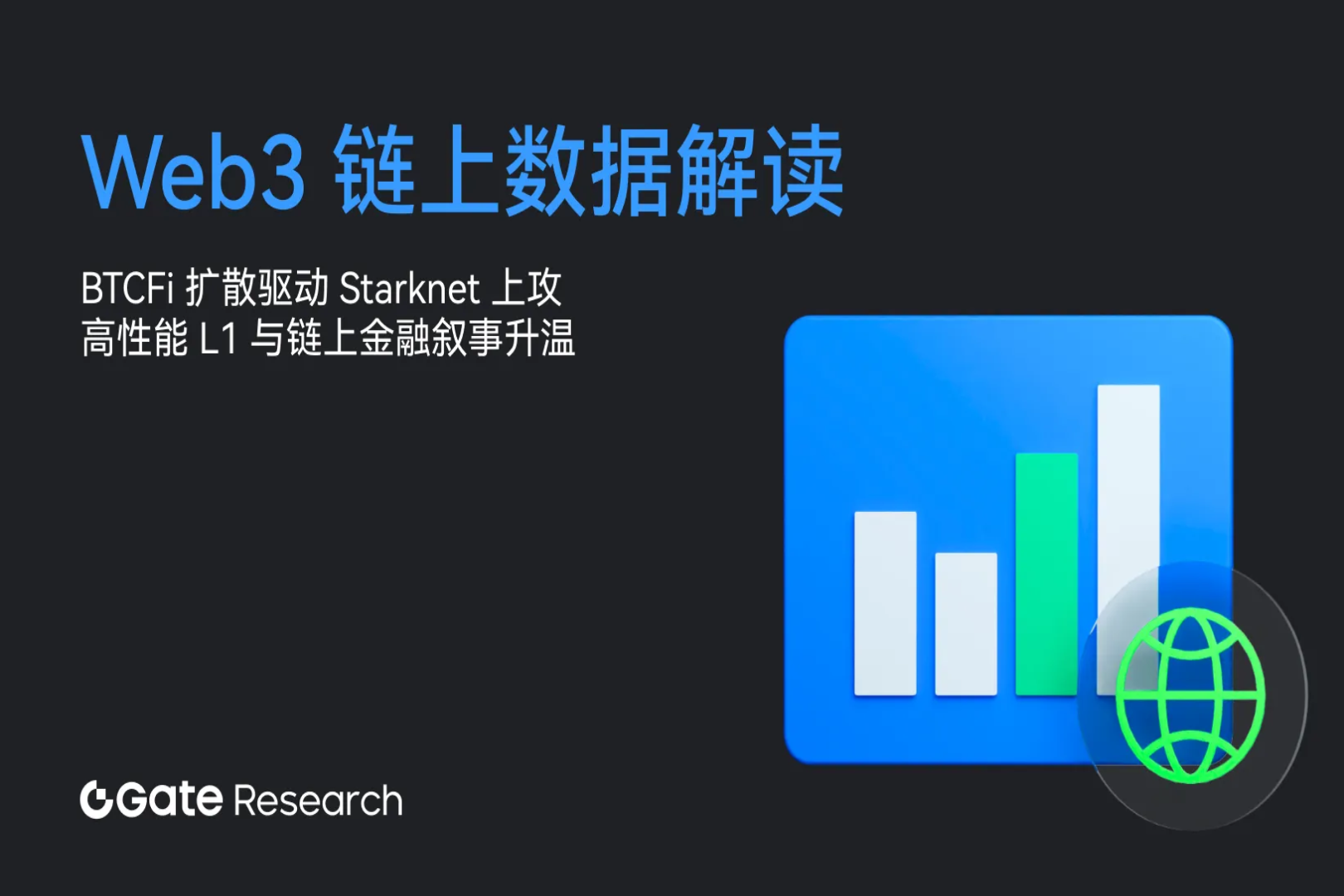Privacy Coin Revival: ZEC's Lightning-Fast Rebirth – From Binance Delisting Candidate to a 13-Fold Surge
- 核心观点:ZEC因隐私需求与减半预期暴涨。
- 关键要素:
- 屏蔽池供应占比超27%,创历史新高。
- 监管收紧推动隐私需求,灰产转向ZEC。
- 2025年减半将至,稀缺性预期增强。
- 市场影响:带动隐私币板块关注度提升。
- 时效性标注:中期影响。
Original article | Odaily Planet Daily ( @OdailyChina )
Author | Dingdang ( @XiaMiPP )

Over the past two months, ZEC has surged from $35 to nearly $450, an increase of almost 13 times. Just six months ago, ZEC was included in Binance's second round of delisting candidates. How could a coin that was close to being delisted achieve such a remarkable comeback and return to the spotlight in such a short period?
Block transactions to achieve optional privacy
Before DeFi Summe, the entire crypto world's imagination was almost entirely focused on how to "fill the gap" for Bitcoin: digital cash, decentralized governance, or the ultimate decentralized expression, etc. Zcash (ZEC) was born in this context.
On October 28, 2016, a team led by scientist Zooko Wilcox launched Zcash, a privacy-focused public blockchain with the mission of "making digital cash truly as private as cash," based on a fork of the Bitcoin code. Unlike Bitcoin's transparent ledger, Zcash introduces zero-knowledge proof (zk-SNARKs) technology , allowing users to conduct completely shielded transactions on the blockchain.
In simple terms, zk-SNARKs allow users to prove the legitimacy of transactions to the network without revealing any transaction details: who the sender is, who the receiver is, the amount, and even the transaction time can be completely hidden. These are called "shielded transactions," and users can transfer ZEC from transparent addresses (t-addr, similar to Bitcoin's public ledger) to shielded addresses (z-addr, as anonymous as cash), thus achieving "optional privacy"—meeting regulatory compliance (such as tax reporting) while protecting sensitive transactions.
Since its launch, Zcash has implemented three iterations of its privacy protocol, named Sprout, Sapling, and Orchard. Each new version introduces a new shielding pool while maintaining backward compatibility with previous versions.
The actual adoption rate of this technology is a core pillar of the ZEC narrative. According to The Block's latest ZEC shielded supply chart, Zcash's shielded pool supply has exceeded 4.5 million ZEC, accounting for over 27.5% of the total circulating supply (approximately 16.34 million), setting a new all-time high. Over the past three weeks, we have clearly seen a small peak in the shielded pool supply, indicating that actual adoption is rising. Orchard (the latest and most secure implementation) has contributed most of the recent growth. Reportedly, a shielded transaction can be verified in just a few seconds without revealing any metadata.

Chart from The Block
Electric Coin Co. (creator of ZEC) released its Q4 roadmap on November 1st, planning to further optimize shielding features, including temporary addresses and hardware wallet integration, to improve usability. In addition, cross-chain privacy upgrades and expanded DEX access may further lower the barrier to entry and drive increased adoption.
Surge in Privacy Demands: A Counterforce Under the Shadow of Regulation
If the data above reveals the result, then the question is: why did it erupt at this particular moment?
On October 14, the U.S. Department of Justice announced criminal charges against Chin Chee, founder of the Prince Group in Cambodia, and applied to forfeit 127,271 BTC under his control, worth approximately $15 billion, making it the world's largest judicial forfeiture case involving Bitcoin .
From a regulatory perspective, this is a "great victory" for the rule of law; however, from a cryptographic perspective, it once again verifies the "pseudo-anonymity" nature of Bitcoin. Even without cracking the encryption algorithm, the US government can still complete the "judicial transfer" of assets through legal procedures. Through on-chain tracking and international cooperation, law enforcement agencies located Bitcoins scattered across multiple addresses, all controlled by Chen Zhi. The court subsequently issued a seizure order, legally transferring these assets to addresses controlled by the US government, placing them in judicial escrow pending a final civil forfeiture judgment.
We must face the reality that the gray market remains the unseen driving force behind the adoption of privacy coins. While they are not the only users of ZEC, they are indeed the core driving force behind on-chain privacy needs. As regulatory scrutiny tightens, the gray market's space for survival shrinks, and they may become more eager to turn to privacy fortresses like ZEC, attempting to evade tracking and achieve covert fund flows through a "digital black box" built using zk-SNARKs technology.
However, the resurgence of privacy isn't limited to the "gray market." On September 14th, the Ethereum Foundation released an end-to-end privacy roadmap, attempting to transform privacy from a marginalized risk aversion tool into public infrastructure. The roadmap focuses on three main directions: privacy writes, making on-chain privacy operations as efficient as public operations; privacy reads, enabling access to blockchain data without revealing identity or intent; and privacy proofs, ensuring the generation and verification process is fast and secure. The team is developing the experimental L2 design PlasmaFold, planned to debut at the Devconnect conference in Argentina on November 17th, and will also advance privacy-preserving RPC services. Furthermore, they will release the "2025 Privacy Voting Status" report and explore DeFi protocols and privacy computing projects that balance privacy and compliance.
Ethereum co-founder Vitalik Buterin also encourages developers to actively participate in the startup, underlying research and development, and application of zero-knowledge proof (ZK) and homomorphic encryption (FHE) technologies. He believes that "the real blockchain revolution will only begin when ZK and FHE reach the same level of popularity." In the future, ZK will not only be used for scaling and privacy, but will also improve decentralization. "Five years from now, people will no longer ask why they should use ZK, but why they shouldn't add ZK."
As the world's second-largest blockchain, Ethereum is also building comprehensive privacy protection. Its original "Privacy and Scaling Exploration Team" has been renamed "Ethereum Privacy Steward" (PSE), and its focus has shifted from speculative exploration to solving practical problems and optimizing ecosystem outcomes.
This trend also suggests that the rise of ZEC may not be a coincidence of speculative sentiment, but rather a signal that privacy needs have been reawakened, and it also lays the groundwork for the rise of other privacy tokens.
Halving expectations and celebrity endorsements: the scarcity narrative engine is ignited
In terms of price, the rise of ZEC is also inseparable from another traditional narrative - the expectation of halving.
ZEC's third halving is expected to occur in November 2025 , at which time miner rewards will decrease from 1.5625 ZEC per block to 0.78125 ZEC. This change means a significant slowdown in the issuance of new coins, and the inflation rate will decrease from approximately 8% to 4% . This design follows Bitcoin's monetary logic—a "technological monetary tightening policy" that does not rely on a central bank but is automatically executed by an algorithmic scale. Within the framework of cyclical scarcity, the market will naturally price in future "supply reductions."
Throughout cryptocurrency history, the market has reacted enthusiastically to the narrative chain of "supply halving → increased scarcity → value revaluation," as evidenced by ZEC's last halving. Its last halving occurred on November 18, 2020, and the price rose from $50 two months before the halving to a peak of $370 six months afterward. If this timeframe is replicated, is ZEC's upward trend far from over?
Meanwhile, celebrity endorsements have always been a powerful tool for boosting prices in the crypto industry. Renowned investor Naval Ravikant publicly recommended ZEC when it was around $80, calling it "insurance for Bitcoin"; BitMEX co-founder Arthur Hayes posted on social media that "nothing can stop this train," suggesting the price of ZEC could rise to $10,000; Helius exchange founder @0xMert_ and Placeholder partner Chris Burniske, these crypto OGs, have all spoken out in support of ZEC.
Driven by this "narrative complex," ZEC has regained its popularity and sense of presence. In the process of narrative and price reinforcing each other, it is gradually returning from a "marginal legacy" to a "narrative hub."
Contract Structure: The Game Theory Curve Between Retail Investors and Market Makers
According to Coinglass data, ZEC futures open interest surged in October . With the price of ZEC breaking $400, total open interest across the network surpassed $600 million, a record high ; Binance's open interest reached $213 million, and Hyperliquid's reached $138 million.

ZEC contract data shows that the current long/short ratio has reached 0.5, indicating extremely strong short-selling sentiment in the market. Meanwhile, funding rates have been negative since October 22 (maintaining around -0.18 to -0.2), meaning that short sellers are "paying interest" for long positions .
Here, we can focus on two data points: active trading volume (difference) and active trading transactions (difference). Active trading volume (difference) is a net value indicator that reflects the net inflow/outflow direction of active funds in the contract market. Active trading transactions (difference), on the other hand, is a counting indicator that focuses on the "activity" of trading and the number of participants.
In ZEC's contract data, we can clearly see that since October, capital inflows have exceeded capital outflows, indicating that a large number of contracts remain in the market . Furthermore, on October 26th and 31st, a significant divergence occurred between the volume of active buying and selling (difference) and the number of active buying and selling transactions (difference). Selling frequency increased, but capital inflows significantly increased. In this situation, could we interpret this as a signal of " retail investors leaving the market while institutional investors enter "? Of course, the rise in ZEC prices has provided the best evidence for this.
And so far, we have not seen a large-scale outflow of funds.

Epilogue: The Restoration of Privacy
ZEC's surge proves that privacy is never a completely abandoned narrative; it has merely been temporarily submerged by the massive wave of regulation and compliance. Currently, this nostalgia is returning.



